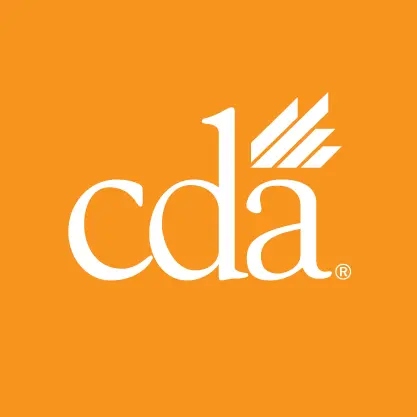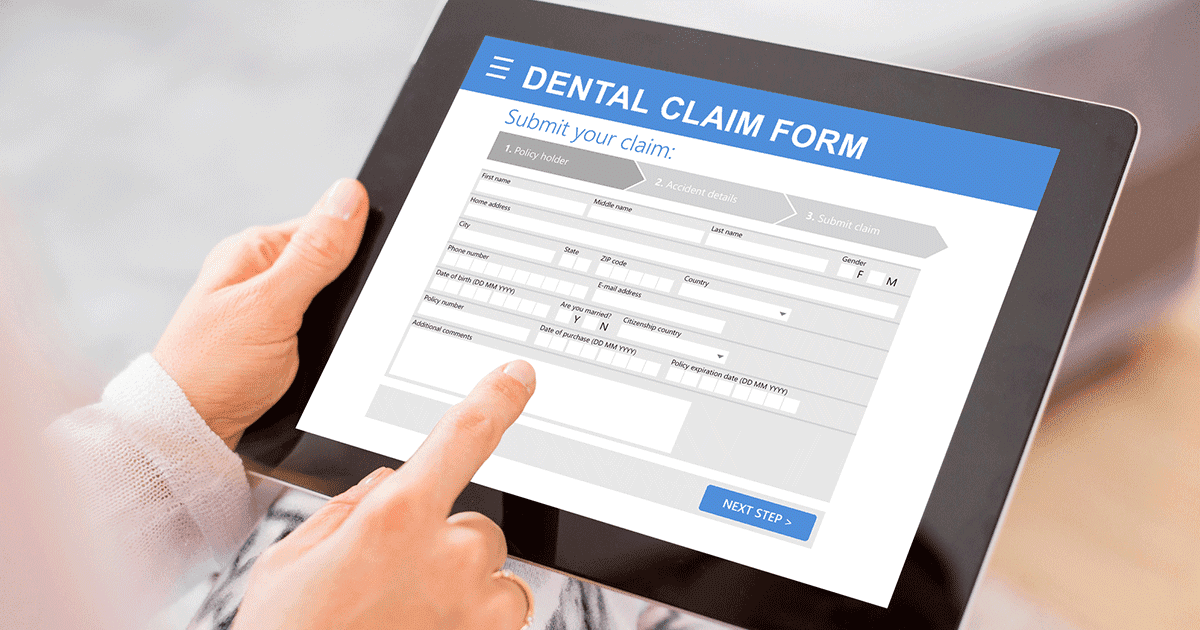Technology has changed how a dentist performs dentistry. It has also changed the way dental benefit plans process claims.
When dealing with technological changes, often there are two challenges to overcome. First, we must learn how the technology is being used. Second, we must adapt to the change rather than fight it.
The banking industry provides a great example of how technology has been employed to save us time and improve convenience. No longer do we need to drive to the bank, fill out a deposit slip and stand in line to make manual deposits. Today our funds can be deposited directly through electronic funds transfer, an ATM or an app on our cellphones.
Similarly, dental plans are employing technological advances to expedite claims processing and payment. In this article I’ll address how these efforts may affect the dental claims submitted by your practice.
CDA’s analysts receive frequent inquiries from members who are concerned about the way a dental benefit plan processed a claim. During these discussions, we commonly identify one of the following claim processing scenarios:
- A service that is covered under the policy was not paid.
- A service that is not covered under the policy was paid.
- A service that was predetermined and approved was denied.
Today, many dental benefit plans use auto-adjudication to process a high number of their claims. Auto-adjudication is performed by a computer that has been programmed to pay or deny the service based on the processing policies of the plan and/or the patient’s policy. In these cases, the claim is not reviewed by a human. In addition to auto-adjudication, many major plans use optical character recognition technology to try to capture data from the paper claim to move it to their processing system. OCR is the identification of printed characters using photoelectric devices and computer software. While these readers speed up claim processing, if an office is not aware that this type of technology is being used, the office can be confused and frustrated by processing errors as the result of manual claims submission.
The following examples illustrate how a plan might use auto-adjudication and how that process might affect dental reimbursement in each of the three scenarios described above.
Plan doesn’t pay for “covered service”
The plan configures its claims processing system to automatically process and allow payment of a crown, but it denies the related buildup when the two services are billed on the same date of service. While auto-adjudication produces a quick turnaround time for claim processing, it can cause confusion.
If the dentist is not familiar with the dental plan’s processing guidelines (as outlined in the provider handbook), the dentist will be left wondering why the buildup was denied when it was clinically necessary and when the claim and accompanying documentation (X-ray and narrative) supported the provision of the service. In a case like this, a dentist could become frustrated believing that a clinical review was completed by a dentist and denied. In reality, the claim was auto-adjudicated and denied in accordance with the plan’s processing guidelines, which stated that related procedures billed on the same date of service as the crown are not payable.
Plan pays for non-covered service
When a dentist submits a claim for a service that is not covered under the patient’s policy, such as a veneer placed for esthetic purposes, the dentist will sometimes find that the service was paid by the plan. This is another example of auto-adjudication, and a case like this could cause both the dentist and patient confusion when the explanation of benefits shows that the plan paid for a service that the dentist and patient were previously told would not be a covered benefit.
Dental policies are designed to offer benefits for treatment only when certain plan or policy clinical criteria are met. Due to auto-adjudication, if the submitted claim fails to include a remark stating that the service does not meet the plan’s clinical criteria, there is a chance that the computer would process and pay for the service. While you may be thinking this is great for the patient, accepting payment from a plan for a service that does not meet the plan’s clinical criteria can put a contracted dentist at risk.
If a plan were to discover during an audit that payment was issued incorrectly for treatment that didn’t meet plan criteria, the plan can demand a refund. If the dental office has already reimbursed the patient, the office may have a hard time collecting from the patient at this later date should the plan demand the funds.
Plan denies payment for predetermined treatment
Many plans today offer an online portal for dentists to submit a predetermination to verify patient eligibility, covered services, copayments, deductibles and plan maximums. A common misconception is that if a predetermination is submitted through a plan’s portal, a dental consultant will review this predetermination to ensure the treatment meets the plan’s clinical criteria as a payable service. In reality, the predetermination could be nothing more than a nonclinical review that provides a breakdown of the patient’s policy coverage. If a dental office is unaware of this practice, both the dental team and the patient can become confused when the services are claimed and denied for payment due to failure to meet the plan’s clinical criteria for the service.
CDA encourages the use of dental plan portals because they offer valuable policy information for a dentist and their patient. To fully understand the processing guidelines of a plan, a contracted dentist should review the plan’s provider handbook to validate if the proposed dental treatment does meet the plan’s clinical criteria for a benefit. Additionally, to ensure accurate processing and timely payment of claims, CDA encourages members to submit dental claims electronically utilizing either the dental plans’ portals or a claims service.
CDA offers members and their staff individual assistance with their questions about dental benefits. Simply submit your question online using our Dental Benefits Issue Submission Form, and an expert analyst will evaluate it for possible resolution and communicate clear next steps.
Find resources on dental benefit plans in the CDA Practice Support resource library.

